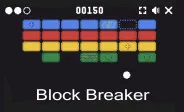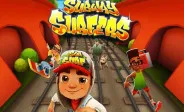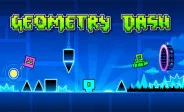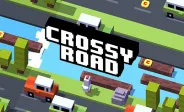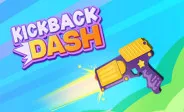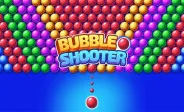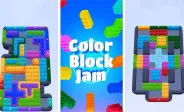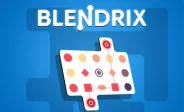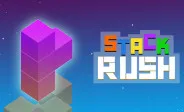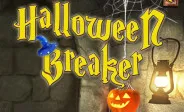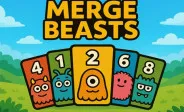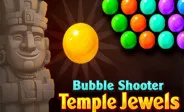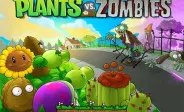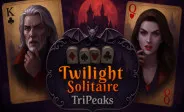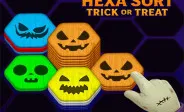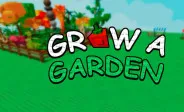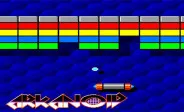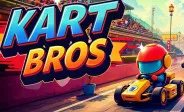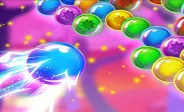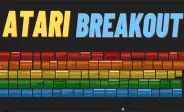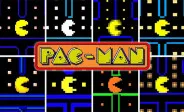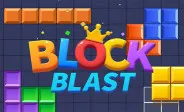Harmony Bisection
Arkanoid
1.8
Chase Rush
5
Step into a digital diary like no other. Harmony Bisection game blends interactive storytelling with surreal graphics and haunting soundscapes, creating an immersive journey through fragmented memories and emotional landscapes. This is not just a puzzle or arcade—it’s a narrative exploration where every choice uncovers pieces of a deeply personal story.
What is Harmony Bisection?
Harmony Bisection is a narrative-driven indie game first released by an experimental digital storytelling collective. Built as both an art piece and a game, it relies on ASCII-inspired graphics, glitch visuals, and atmospheric audio to convey emotions rather than traditional cutscenes. Unlike conventional titles where winning means points or survival, here the goal is to reconstruct meaning from fragments of memories.
The game stands out for its raw emotional storytelling and unusual mechanics, earning attention in indie communities for redefining what a digital narrative can feel like. The appeal lies in its ability to mirror the inner turbulence of the protagonist while allowing players to influence how the fragmented story unfolds.
Harmony Bisection: Your Narrative Challenge
The playing area resembles a shifting canvas of text and distorted symbols. Instead of platforms or enemies, you interact with words, symbols, and glitch effects. Dialogue choices, visual metaphors, and ASCII-style distortions form the “levels,” each representing a memory or emotional state.
Key features of the design include:
- Scattered narrative fragments: Each segment unlocks a piece of the protagonist’s past.
- Visual metaphors: Broken lines, shifting symbols, and distorted text illustrate emotions like dissociation or grief.
- Audio layering: Ambient sounds, distorted hums, and digital feedback immerse you in a fragile mental landscape.
How to Play Harmony Bisection
Controls are simple but deliberate. Using only a mouse or trackpad, you select highlighted words, phrases, or boxes to move the story forward. Arrow-like prompts (“>>>” or “<<<”) let you navigate between scenes, while clicks on specific choices reveal new perspectives or emotional layers.
The challenge isn’t in reflexes but in interpretation. Every choice affects how the memory feels and what layers of the protagonist’s emotional state you unlock. The “win” condition is less about points and more about assembling enough fragments to piece together the character’s journey.
Tips for Harmony Bisection Success
Although there are no enemies or time limits, playing effectively means slowing down and paying attention. Here are a few strategies to get the most from the experience:
- Click with care – Don’t rush through highlighted words; re-clicking sometimes reveals deeper layers.
- Follow emotional cues – Sounds and distorted visuals often hint at where the narrative wants to pull you.
- Experiment with navigation – Move backward as well as forward; returning to earlier fragments can reveal new combinations.
The Harmony Bisection game is not a typical online puzzle or arcade—it’s a meditative, emotional experience where storytelling unfolds through fractured visuals and haunting soundscapes. By piecing together memory fragments, players create their own interpretation of survival, loss, and recovery.
Arkanoid
1.8
Chase Rush
5
Neon Leap
5
Atari Breakout
3.2
Pac-Man
2.3
Block Blast
5










